
Spain’s Invincible Admiral
By William E. WelshOn June 27, 1570, an Ottoman fleet sailed against Venetian-held Cyprus during the reign of Sultan Selim II. Read more

On June 27, 1570, an Ottoman fleet sailed against Venetian-held Cyprus during the reign of Sultan Selim II. Read more
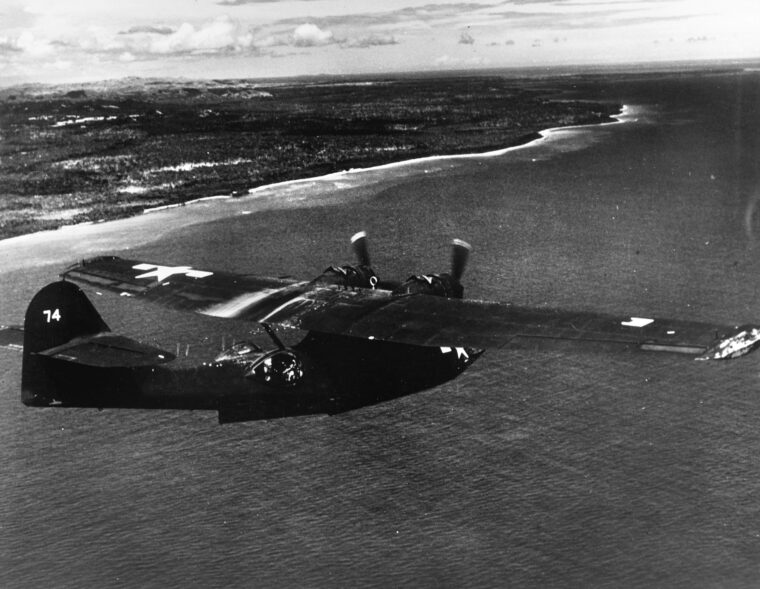
Even after the Battle of Midway in June 1942, the Japanese were still in a commanding position in the western Pacific. Read more
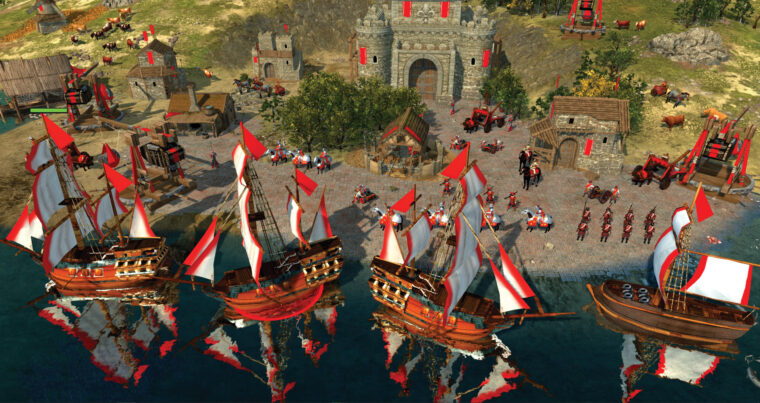
Some war games are all about the conflicts themselves, honing in on the minutiae of the tactics that walk the line between victory and defeat. Read more
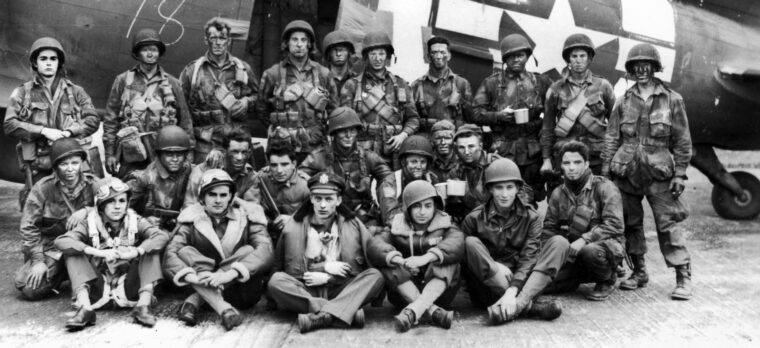
Captain Frank Lillyman drifted down toward a French field in the predawn darkness of June 6, 1944. Frank was a pathfinder, one of the paratroopers assigned to prepare the way for the main airborne drop on D-Day. Read more
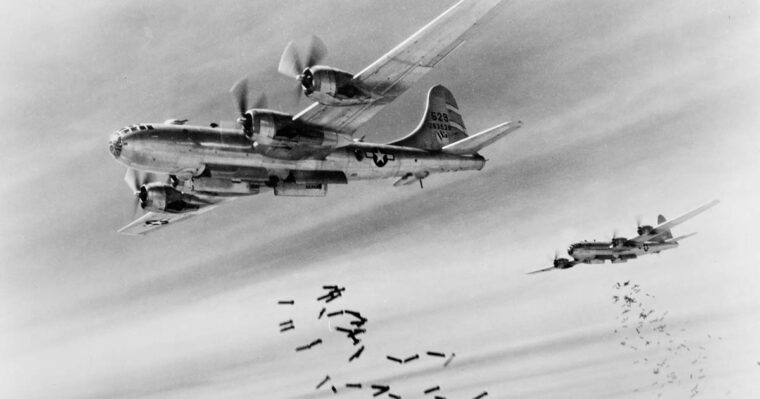
The Boeing B-29 Superfortress was a game changer. First rolling off the assembly line as a production aircraft in July 1943, the Superfortress was the answer to America’s need for a high-level long-range strategic bomber. Read more
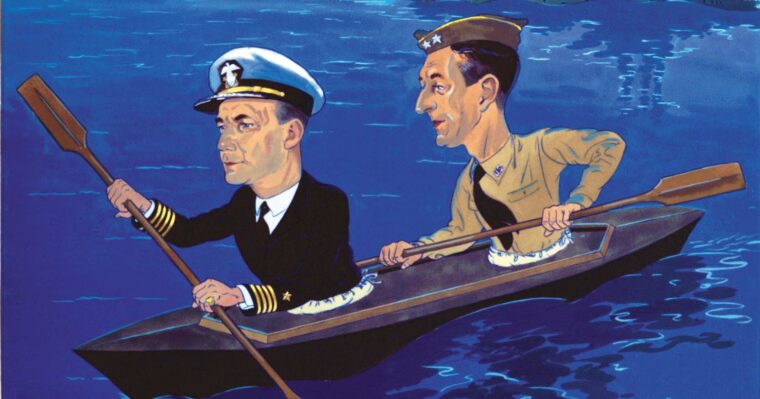
The five Americans were trapped in a small, dark, empty wine cellar in an isolated French villa on the coast of Algiers. Read more
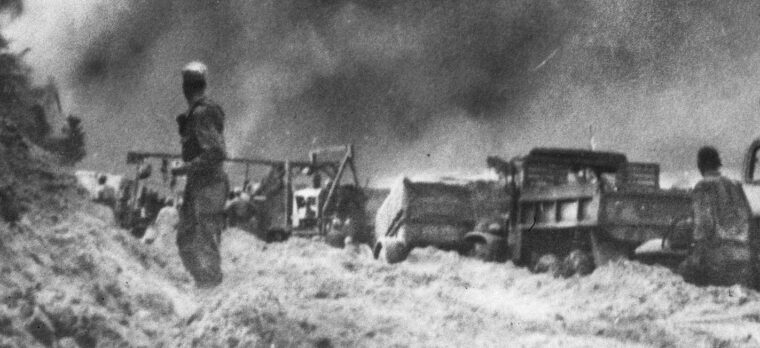
By April 1944, American and Australian troops were moving westward along the northern edge of New Guinea, reclaiming territory taken by the Japanese in early 1942. Read more
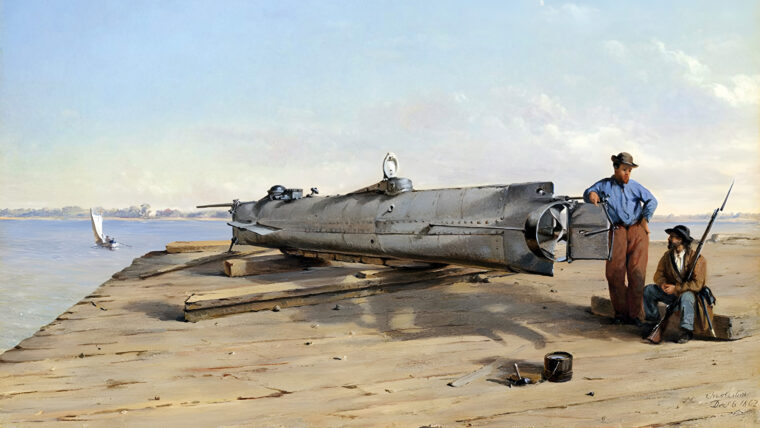
At the start of the American Civil War in April 1861, U.S. President Abraham Lincoln proclaimed that he planned to blockade the Confederacy by stationing warships in waters off its shores. Read more
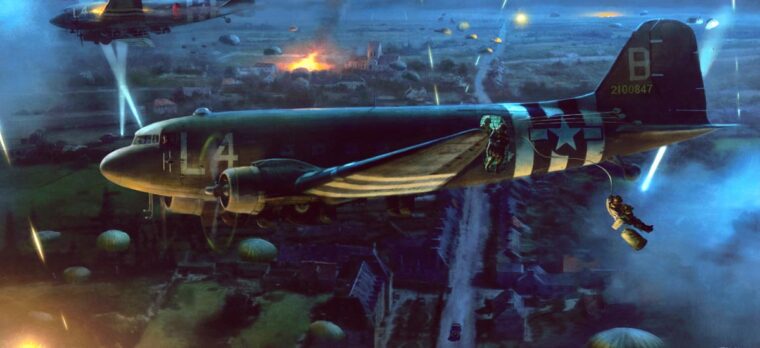
By Elmer Wisherd with Nan Wisherd
Elmer Wisherd was born on December 1, 1920, in North Dakota. Shortly thereafter, his family moved to a farm in Bruce, Wisconsin. Read more
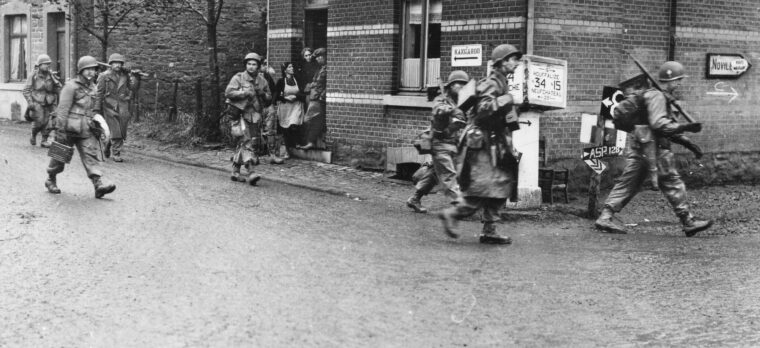
By Kevin M. Hymel
It was December 19, 1944, one day before the Siege of Bastogne. Shortly after 10:30 am, 26-year-old Major William Desobry picked up his field telephone, called his combat commander, Colonel William Roberts, and asked if he could withdraw from the Belgian village of Noville. Read more
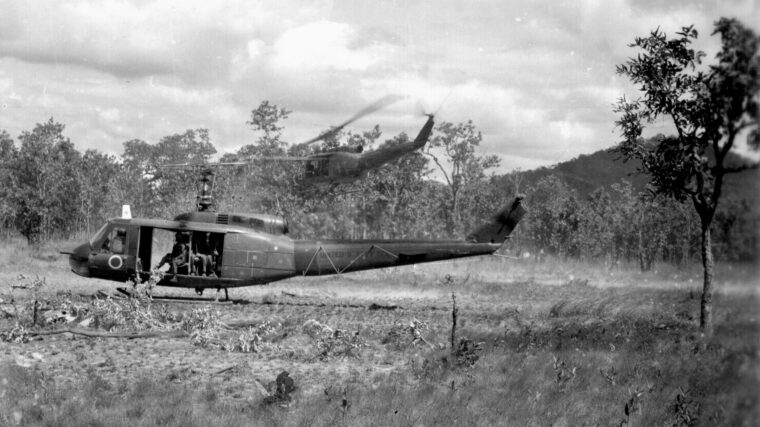
Specialist 4 George McDonald leaped out of a UH-1 helicopter on November 14, 1965, into a hellish firefight. Read more
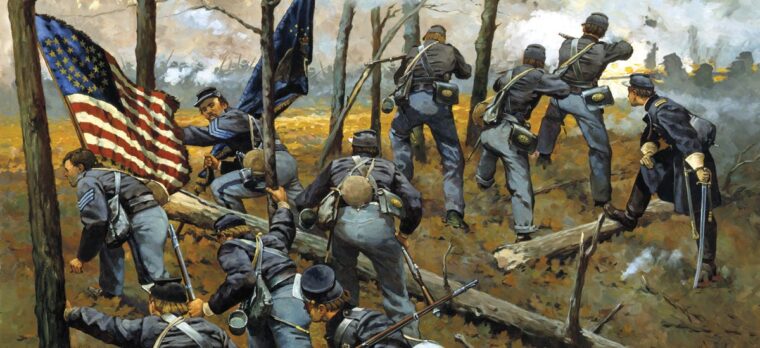
It was raining heavily, a deluge of almost Biblical proportions that hammered down on the exhausted men of the Union’s Army of the Tennessee. Read more
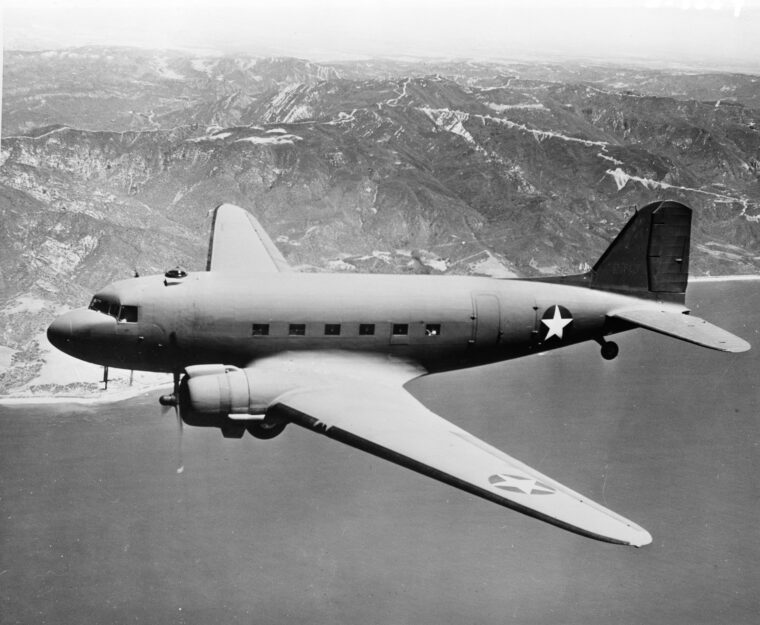
“Awe c’mon, Mom,” Cecil Petty told his emotional mother before leaving Homer, Illinois, in February 1941. “Who knows, I might be a hero.” Read more
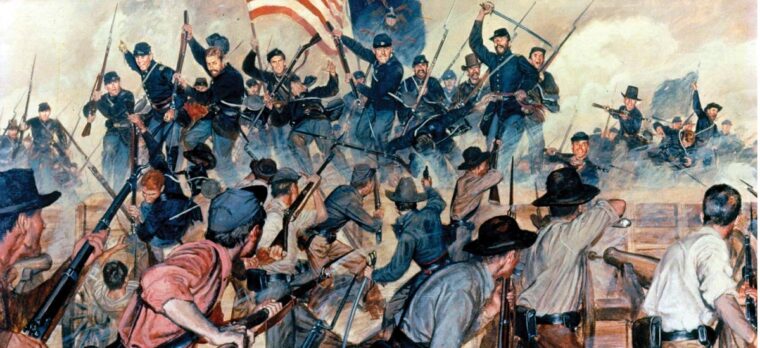
By Frank Jastrzembki
Five busts of his greatest lieutenants during the Civil War watch over the sarcophagus of Lt. Gen. Ulysses S. Read more
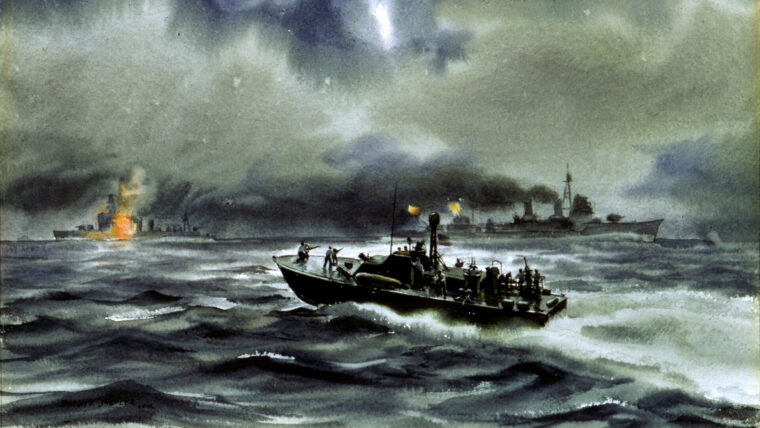
By William F. Floyd, Jr.
Late in the day on October 24, 1944, all of the available 39 patrol torpedo (PT) boats of the U.S. Read more
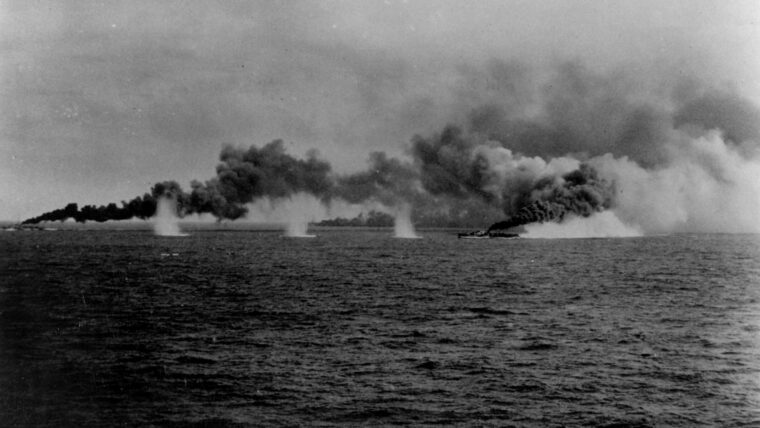
While American troops slugged it out with the Japanese on the Philippine island of Leyte, one of the greatest battles in the history of naval warfare raged far and wide in the surrounding waters. Read more
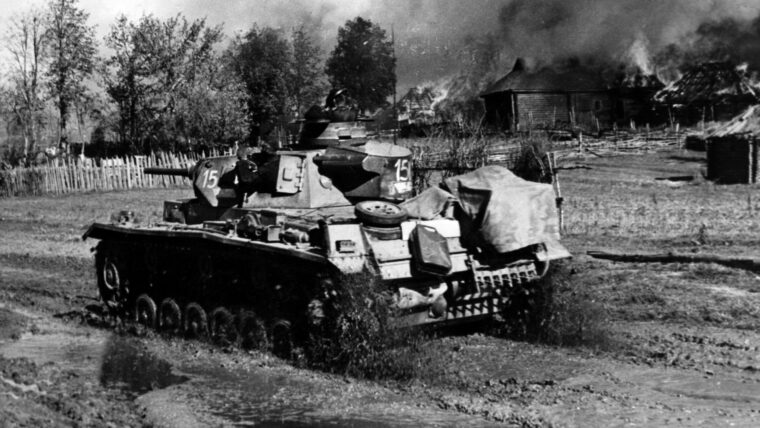
The troops of Germany’s Army Group Center were more than a week into a fresh offensive to capture Moscow on July 14 when they approached the historic battlefield of Borodino where the Russians delayed Napoleon’s advance on Moscow in 1812. Read more
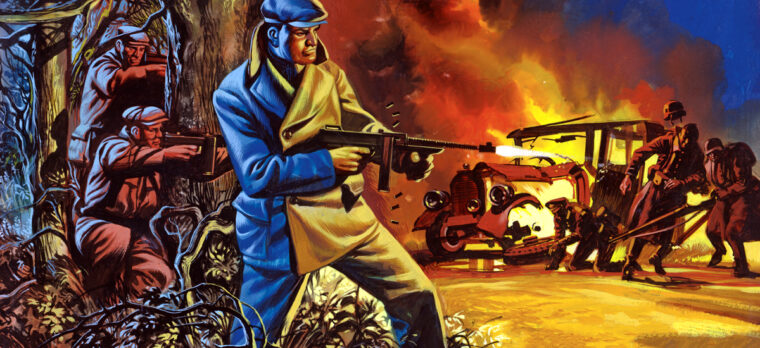
Along with three comrades, one of the Marine Corps heroes is still remembered in the small town of Centron in southeastern France. Read more
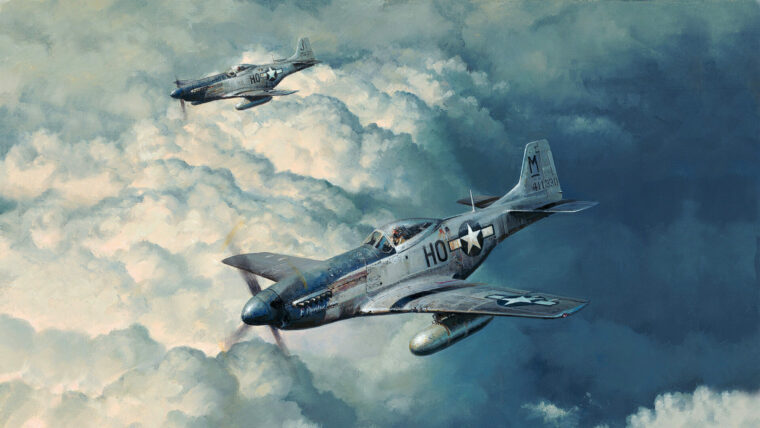
Unlike bomber crews that went home if they survived a designated number of missions, World War II fighter pilots like Lieutenant Jim Carl, 354th Fighter Group, United States Army Air Forces (USAAF), flew until the war ended, they got shot down over enemy territory and were captured, or they died. Read more

During the spring 1291 an enormous Muslim host moved against Acre along the Mediterranean coast. At the time it was Christendom’s last foothold in the Holy Land, a region fought over for centuries during
the religious wars known as the Crusades. Read more